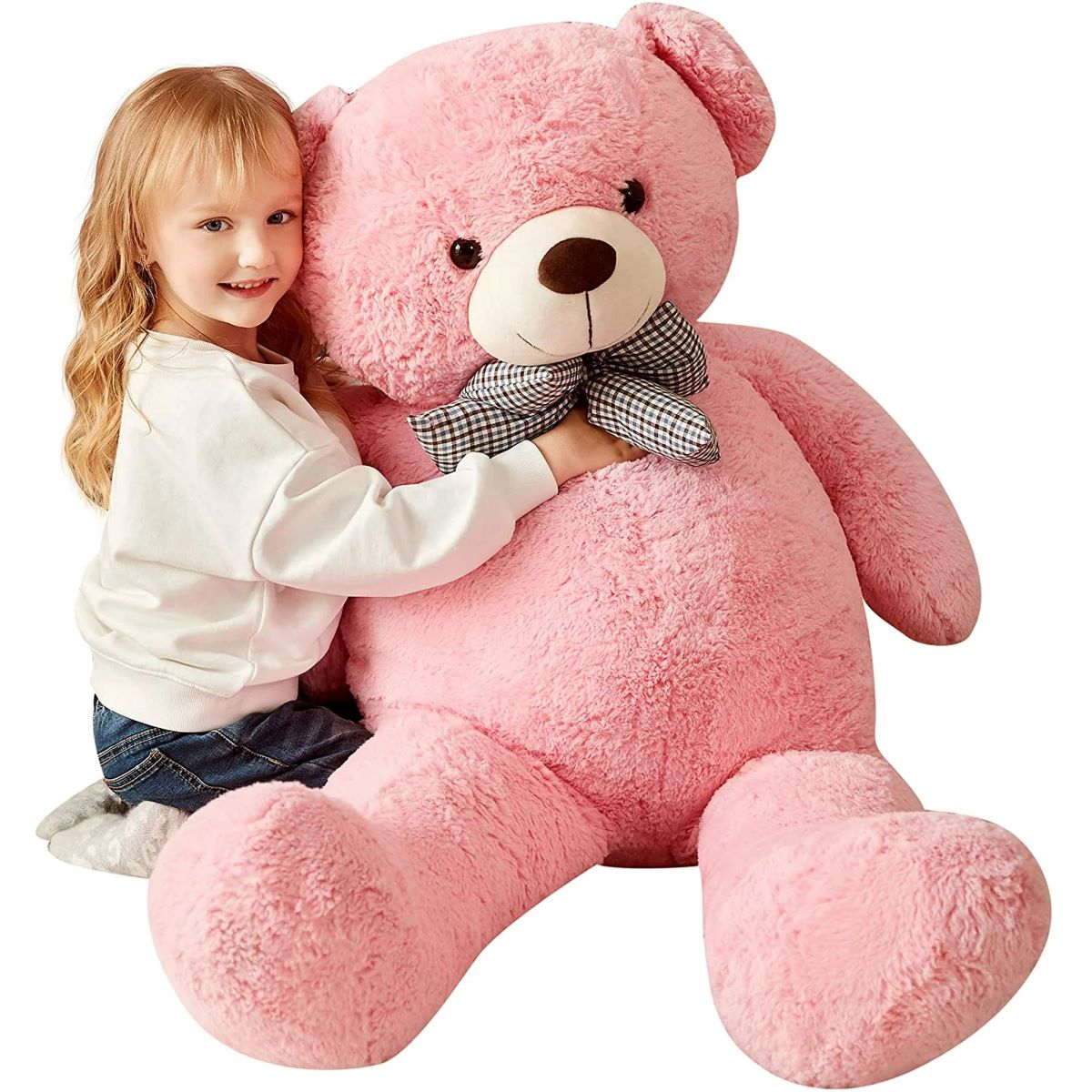

Articles
How To Store Large Toys
Modified: February 24, 2024
Discover helpful articles on how to store large toys efficiently. Get expert tips and tricks to keep your child's playroom organized and clutter-free.
(Many of the links in this article redirect to a specific reviewed product. Your purchase of these products through affiliate links helps to generate commission for Storables.com, at no extra cost. Learn more)
Introduction
When it comes to toys, bigger isn’t always better – especially when it comes to storage! If you have children, you know how quickly their toy collection can grow, and dealing with large toys can be a real challenge. From massive playsets to oversized stuffed animals, finding an effective way to store these items can help keep your home organized and clutter-free. In this article, we’ll explore different strategies and storage solutions for large toys, both indoors and outdoors.
Key Takeaways:
- Declutter and categorize large toys to create a designated storage area, making it easier for your child to find and put away toys, reducing clutter, and maintaining an organized play space.
- Prioritize safety and choose appropriate storage solutions for large toys, implement a toy rotation system to keep playtime fresh, and maintain and clean toys regularly for longevity and a hygienic play environment.
Read more: How To Organize Large Toys
Decluttering and Organizing
Before diving into storage solutions, it’s important to declutter and organize your child’s toys. Start by sorting and categorizing the toys into different groups. This could be based on their type, size, or how frequently they’re used. Doing this will help you get a clear idea of what you have and what you need to store.
Once the toys are sorted, create a designated storage area for them. This could be a specific room, a corner in the living room, or even a closet. The key is to have a designated space where your child knows their toys belong. This not only helps reduce clutter but also makes it easier for your child to find and put away their toys.
Choosing Storage Solutions
When it comes to storing large toys, there are a few key considerations to keep in mind. First and foremost, you’ll want to prioritize safety. Make sure the storage solution is sturdy and can withstand the weight of the toys. Avoid flimsy or unstable options that could pose a risk to your child.
Size is another important factor to consider. Large toys require ample space, so you’ll need storage solutions that can accommodate their size. Look for bins, baskets, or shelves that are large enough to hold the toys without overcrowding. You may also want to consider stackable options to maximize vertical space.
When it comes to options for storing oversized toys, there are several choices available. Toy boxes or chests are popular choices as they provide a spacious area to store large toys while also serving as a seating option. You can find toy boxes with safety hinges to prevent little fingers from getting pinched.
Another option is using clear plastic bins or containers. These allow you to easily see what’s inside and can be stacked or nested when not in use. Additionally, you can consider using storage bags specifically designed for large stuffed animals or inflatable toys. These bags help compress the toys and make them more manageable to store.
If you have the space, consider using shelving units or bookcases to display and organize large toys. This not only keeps them off the floor but also adds a decorative element to the room. You can even incorporate baskets or bins on the shelves to provide additional storage.
Toy Rotation
Toy rotation is a great strategy for managing large toy collections and keeping your child’s playtime fresh and exciting. The idea behind toy rotation is to periodically swap out a portion of your child’s toys, keeping only a select few accessible at any given time.
There are several benefits to implementing a toy rotation system. First and foremost, it helps to reduce clutter. By storing some toys away and rotating them, you can maintain a cleaner and more organized play area. This also allows your child to focus on a smaller selection of toys, which can enhance their engagement and creativity during playtime.
Toy rotation also helps to extend the lifespan of toys. When all toys are available at once, children tend to lose interest quickly and move on to the next one. By rotating toys, you can bring back previously stored toys and make them feel new and exciting again.
Implementing a toy rotation system is relatively simple. Start by gathering a group of toys that you want to rotate. These can be toys that your child hasn’t played with in a while or seasonal toys that are not currently in use. Pack them away in storage containers or bins and label them accordingly.
Next, choose a designated time interval for rotating the toys. This could be weekly, bi-weekly, or monthly, depending on your preference and your child’s play habits. When it’s time for a rotation, swap out the toys that are currently in use with the ones from storage. Make sure to introduce the new toys in an exciting way, such as in a surprise box or with a fun unveiling ceremony.
It’s important to involve your child in the process of toy rotation. Let them help choose which toys go into storage and which come out. This not only empowers them but also gives them a sense of ownership and control over their toys. Encourage them to explore and play with the newly rotated toys, and watch as their interest and creativity soar.
Consider using large storage bins or containers to store large toys. Label the bins for easy identification and stack them to save space. Keep them in a designated area to keep the play area organized.
Storing Large Outdoor Toys
Outdoor play equipment, such as swing sets, trampolines, and ride-on toys, can take up a significant amount of space in your yard. Properly storing these large outdoor toys not only keeps your yard tidy but also helps prolong their lifespan. Here are some tips for storing outdoor play equipment:
1. Clean and inspect: Before storing any outdoor toy, make sure to clean it thoroughly and inspect it for any damages. Remove any dirt, debris, or rust and repair any broken parts if possible.
2. Disassemble if necessary: If the outdoor toy is easily disassembled, it’s a good idea to take it apart before storage. This will save space and make it easier to store and transport.
3. Use weatherproof covers: Invest in weatherproof covers or tarps to protect the outdoor toys from rain, snow, and UV rays. Make sure the covers are secure and properly fitted to prevent moisture buildup.
4. Store in a secure area: Find a secure and dry area to store the outdoor toys, such as a garage, shed, or storage unit. Make sure the storage area is well-ventilated and free of pests.
5. Utilize vertical space: If you have limited space, consider using vertical storage options. Hang bikes or ride-on toys on wall-mounted hooks or use vertical storage shelves for smaller outdoor toys.
6. Label and organize: To make it easier to locate specific outdoor toys, use labels or color-coded tags on storage containers. This will help you quickly find what you need when it’s time to bring out the toys again.
Keeping large outdoor toys tidy can be challenging, but with the right solutions, it’s manageable. Here are some ideas for organizing and maintaining the cleanliness of large outdoor toys:
1. Designate storage areas: Create designated spots for each outdoor toy, whether it’s a designated area in the yard or a storage shed. This will help keep toys organized and prevent them from being scattered all over the yard.
2. Establish a cleaning routine: Regularly clean the outdoor toys to prevent dirt, grime, and mold buildup. Use a mild detergent and water to scrub off any dirt, and rinse thoroughly. Dry the toys before storing them to prevent moisture damage.
3. Teach kids to clean up: Encourage your children to help in the cleanup process. Teach them the importance of tidying up after playing with outdoor toys and make it a part of their routine. This will instill responsibility and help keep the yard neat.
4. Store small parts separately: If the outdoor toys have small parts or accessories, store them in labeled containers or bags and keep them separate from the main toy. This will prevent them from getting lost and ensure that everything is together when needed.
By following these tips for storing and maintaining large outdoor toys, you can keep your yard organized and ensure the toys are in good condition for years to come.
Read more: How To Store Large Toy Trucks
Storing Large Indoor Toys
Organizing indoor play spaces can be a challenge, especially when it comes to storing large toys. However, with some strategic planning and creative storage solutions, you can keep the chaos at bay and maintain a tidy living environment. Here are some strategies for organizing indoor play spaces and creative storage ideas for big toys:
1. Utilize furniture with built-in storage: Invest in furniture pieces that double as storage, such as ottomans with hidden compartments, coffee tables with drawers, or bookcases with cubbies. These functional pieces provide a stylish way to hide away large toys while keeping them easily accessible.
2. Utilize vertical space: Make use of wall-mounted shelves, hanging nets, or hanging storage units to maximize vertical space. This not only creates extra storage areas but also keeps the floor clear for play.
3. Use storage bins and baskets: Large toys can be stored in labeled bins or baskets, making it easy to locate and access them when needed. Opt for stackable bins to save space and consider adding wheels to make it easier to move them around.
4. Utilize under-bed storage: Large toys that are not frequently used can be stored under the bed. Invest in under-bed storage containers or vacuum-sealed bags to maximize space and keep the toys dust-free.
5. Use toy hammocks or nets: Hang toy hammocks or nets in corners or on walls to store bulky stuffed animals or balls. This not only provides a fun and decorative solution but also keeps the toys off the floor.
6. Repurpose furniture or items for storage: Get creative and repurpose items for storage. For example, use a hanging shoe organizer to store smaller toys, hang a bar on the wall to hang costumes or dress-up clothes, or use a ladder as a storage/display unit for larger toys.
7. Create designated play zones: Divide your indoor play space into different activity zones, such as a reading corner, a building area, or an arts and crafts station. Each zone can have its own storage system tailored to the specific toys and activities in that area.
8. Rotate toys: Similar to outdoor toy rotation, you can implement a toy rotation system indoors. Store some large toys away and periodically switch them with toys that are currently in use. This keeps the play space fresh and reduces clutter.
Remember to involve your children in the organization and storage process. Encourage them to participate in cleaning up after playtime and teach them the importance of keeping their toys organized. By implementing these strategies and utilizing creative storage ideas, you can transform your indoor play area into a functional and organized space.
Maintenance and Cleaning
Keeping large toys in good condition is essential for their longevity and continued enjoyment. Regular maintenance and proper cleaning will not only ensure that your large toys look their best but also help to keep them safe for your child to play with. Here are some tips for maintaining the condition of large toys and cleaning methods for different materials:
1. Regular inspections: Periodically inspect your large toys for any signs of damage or wear. Check for loose parts, cracked plastic, frayed edges, or any other potential hazards. Address any issues promptly to prevent further damage or accidents during play.
2. Outdoor toy maintenance: For large outdoor toys, such as playsets or slides, take additional steps to maintain their condition. Regularly check for rust on metal parts and treat it accordingly. Apply protective coatings or sealants to wooden surfaces to prevent rotting or warping. In addition, tighten any loose screws or bolts to ensure structural stability.
3. Cleaning plastic toys: Plastic toys are common and relatively easy to clean. Start by wiping off any visible dirt or debris with a damp cloth or sponge. For tougher stains, use a mild dish soap and water solution or a non-abrasive cleaner. Rinse thoroughly and allow the toy to air dry.
4. Cleaning plush toys: For large stuffed animals or plush toys, check the care instructions on the tag before cleaning. Most can be machine washed on a gentle cycle using cold water and a mild detergent. Place the toy in a pillowcase or mesh laundry bag to protect it during the wash. Air drying is usually recommended to prevent damage to the stuffing or material.
5. Cleaning wooden toys: Wooden toys, such as play kitchens or puzzles, require special care. Start by wiping them with a slightly damp cloth to remove any surface dirt. Avoid soaking or submerging the toys in water, as it can cause the wood to swell or warp. Apply a safe, non-toxic wood cleaner or polish specifically designed for toys to keep the wood in good condition.
6. Cleaning metal and electronic toys: Metal and electronic toys, such as toy cars or electronic learning devices, require gentle cleaning to prevent damage to the mechanisms or components. Use a soft, damp cloth to wipe the surface, avoiding excessive moisture. In some cases, you may be able to remove specific parts for a more thorough cleaning, following the manufacturer’s instructions.
7. Deep cleaning for large toys: Occasionally, large toys may require a more thorough deep cleaning. This could involve disassembling the toy, if possible, to access hard-to-reach areas. Use appropriate cleaning methods based on the material of the toy, and make sure to dry it completely before reassembling or storing.
Remember to always check the manufacturer’s instructions for specific cleaning recommendations for your large toys. By maintaining and cleaning your toys regularly, you not only ensure their longevity but also provide a safe and hygienic play environment for your child.
Conclusion
Storing and organizing large toys can be a challenge, but with the right strategies and storage solutions, you can keep your home clutter-free and create a functional and enjoyable play space for your child. By decluttering and categorizing toys, choosing appropriate storage solutions, implementing a toy rotation system, and properly maintaining and cleaning the toys, you can ensure their longevity and continued enjoyment.
Whether it’s storing large outdoor toys or finding creative ways to organize big indoor toys, there are plenty of options to suit your needs. Utilize furniture with built-in storage, maximize vertical space, and consider repurposing items for storage. Label and organize storage containers, involve your child in the organization process, and create designated play zones.
Remember to prioritize safety when choosing storage solutions and regularly inspect your large toys for any signs of damage. Clean the toys using appropriate methods for different materials, and follow the manufacturer’s instructions for deep cleaning when necessary.
By implementing these strategies and maintaining a system for storing and organizing large toys, you’ll not only keep your home tidy but also create a stimulating and engaging play environment for your child. Additionally, the organization and cleanliness of the play area will enhance your child’s creativity, focus, and overall enjoyment during playtime.
So, take the time to assess your current storage situation, make a plan, and put these tips into action. You’ll be amazed at how much easier it becomes to store and manage large toys, bringing more peace and organization into your home.
Frequently Asked Questions about How To Store Large Toys
Was this page helpful?
At Storables.com, we guarantee accurate and reliable information. Our content, validated by Expert Board Contributors, is crafted following stringent Editorial Policies. We're committed to providing you with well-researched, expert-backed insights for all your informational needs.
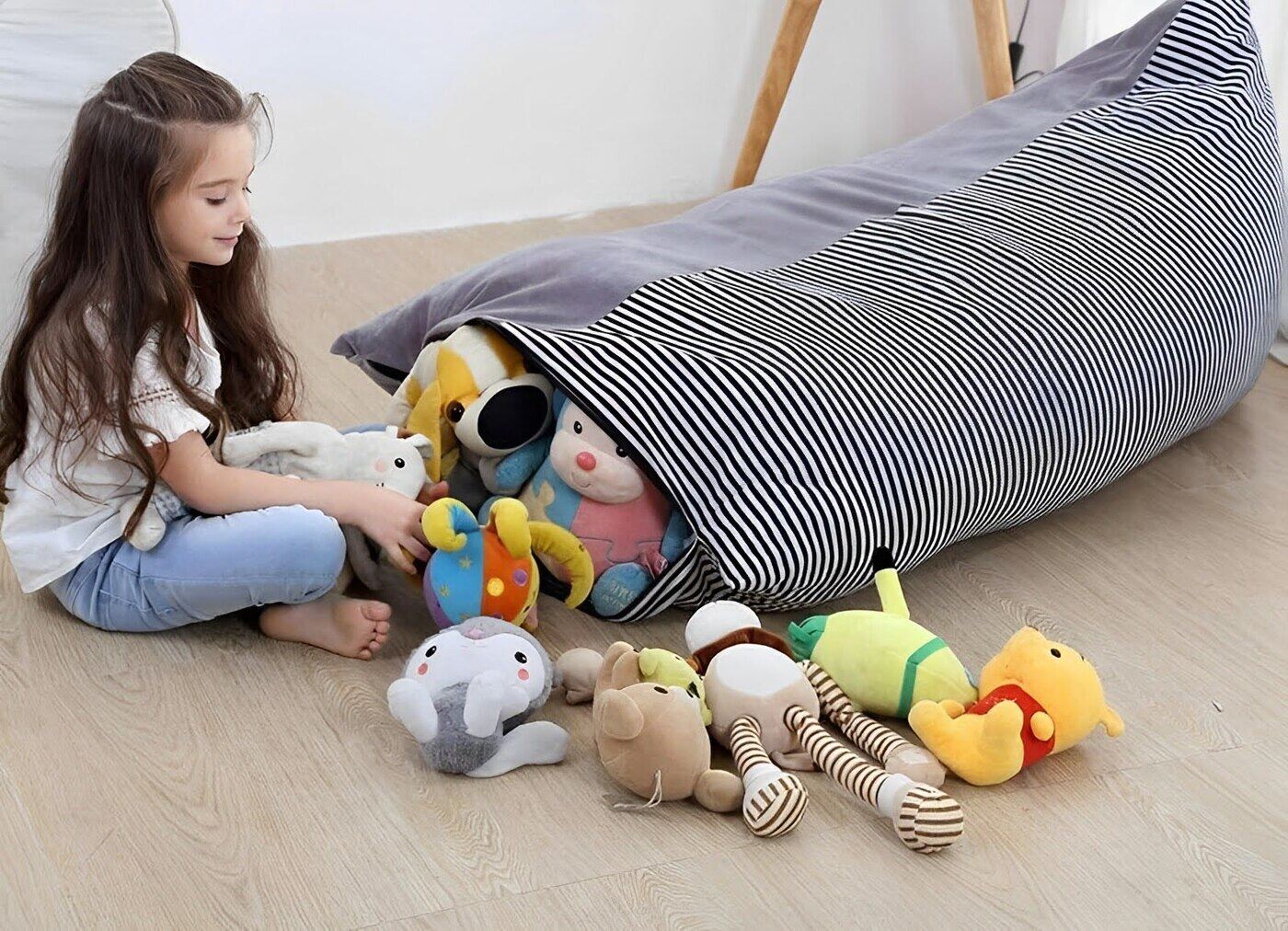
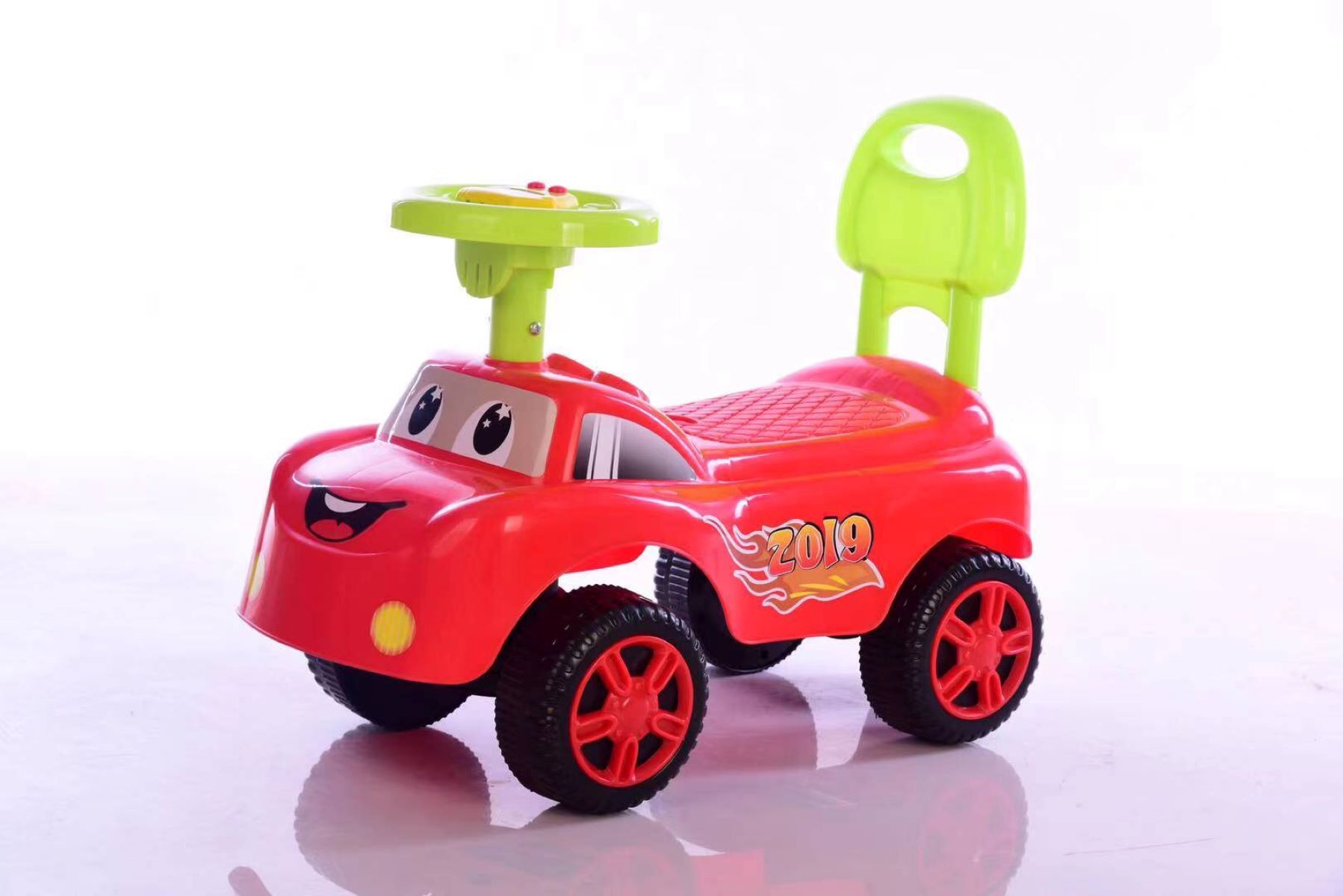
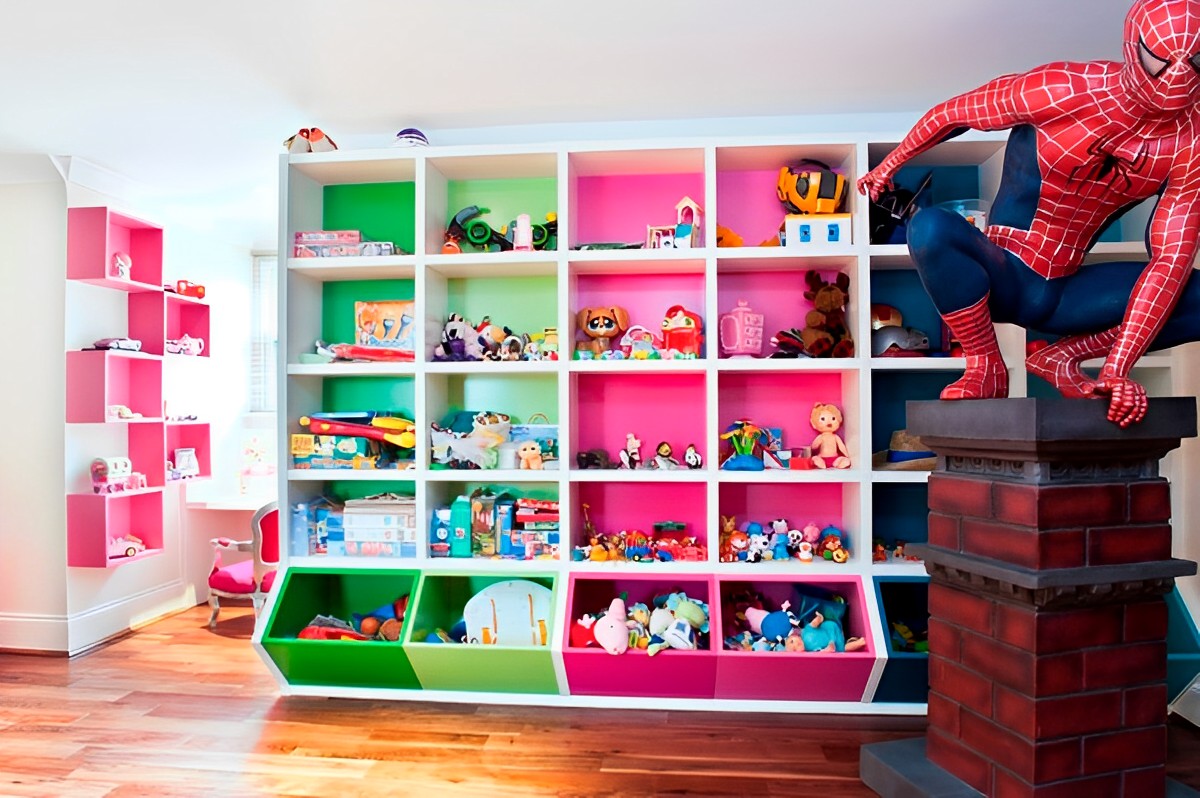
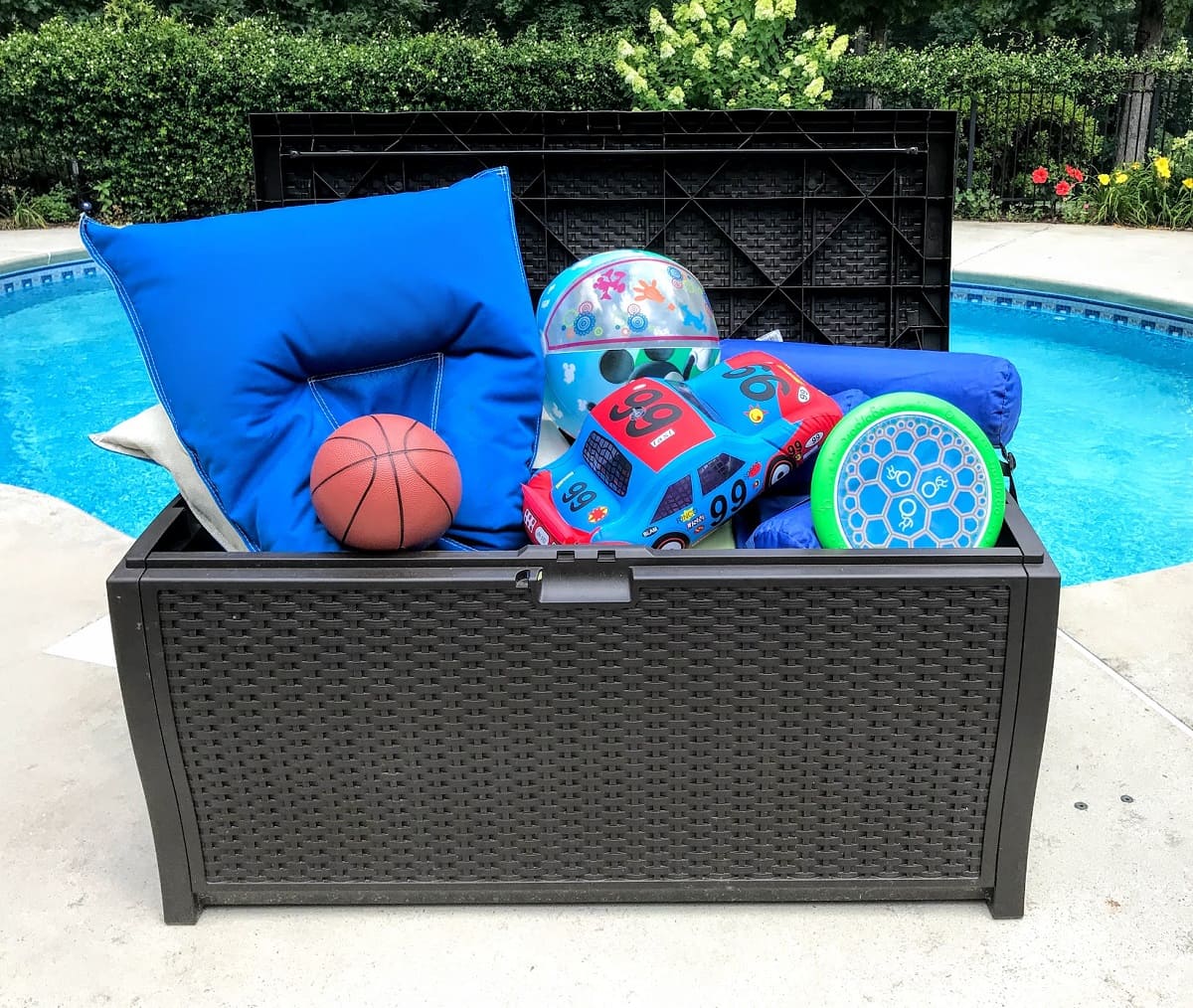
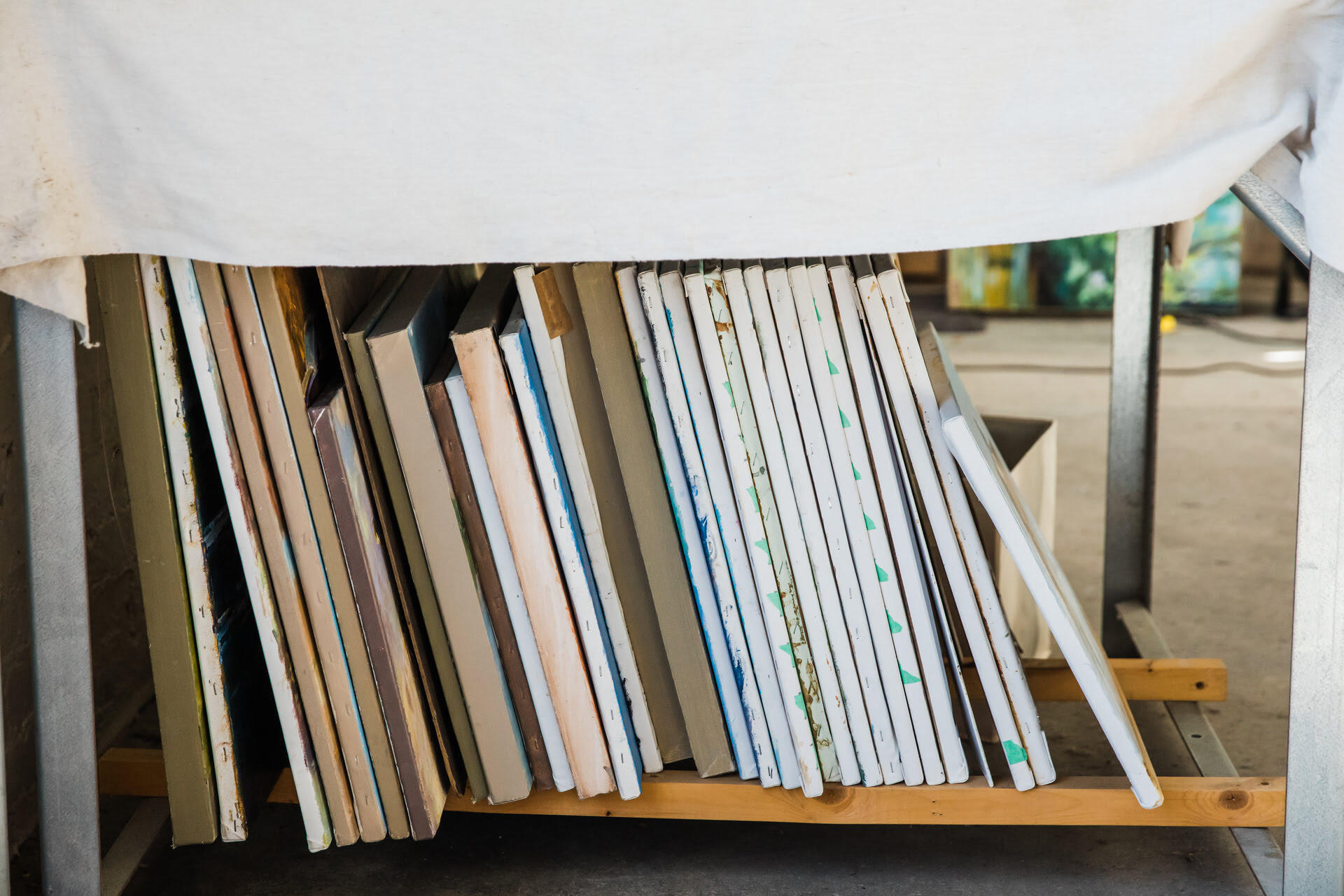
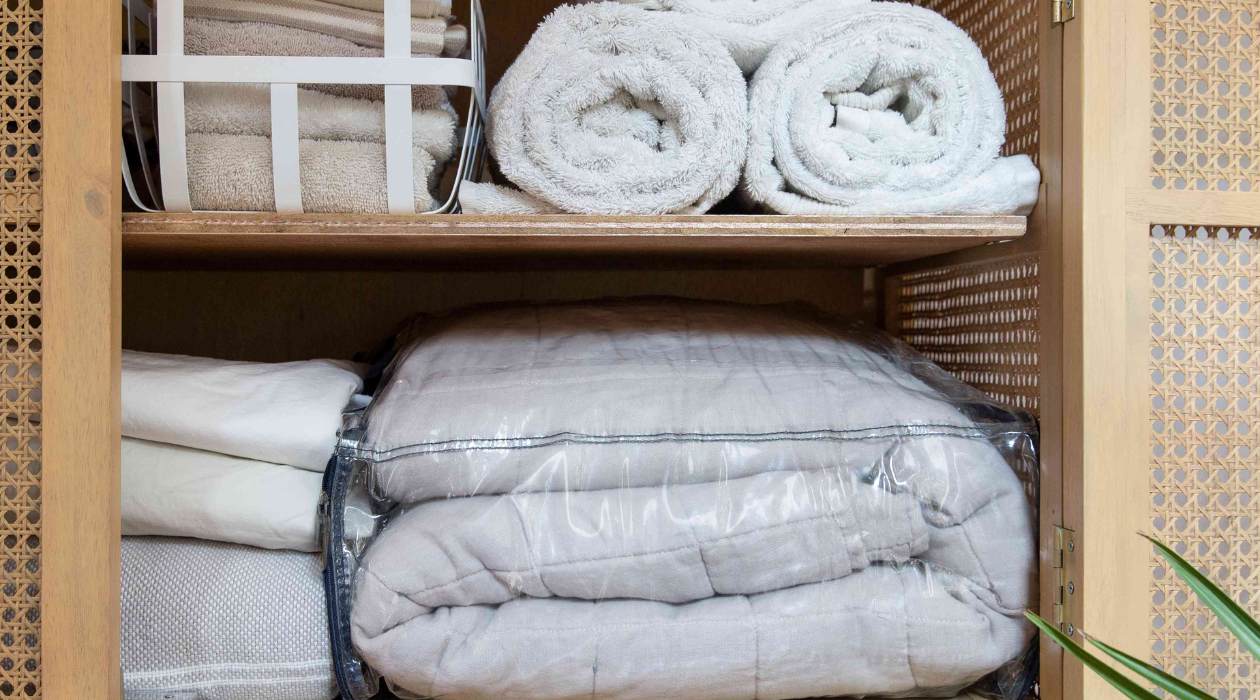
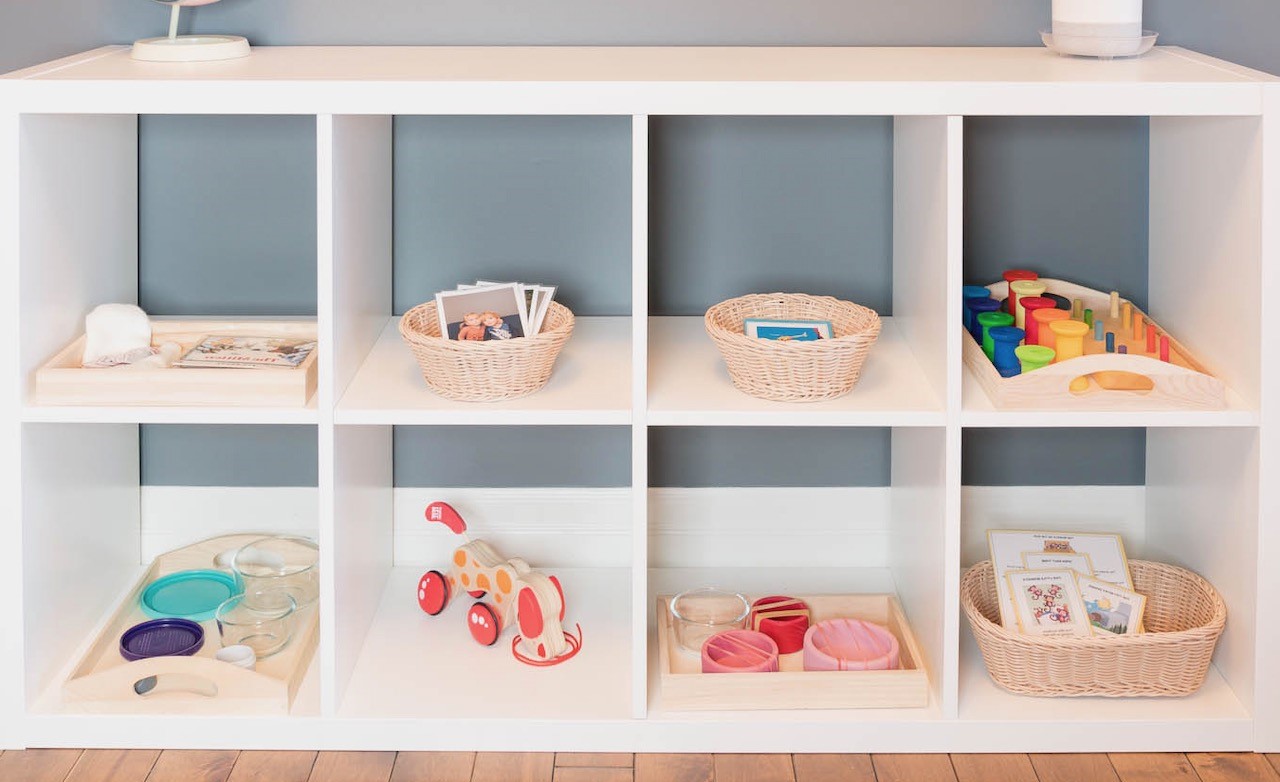
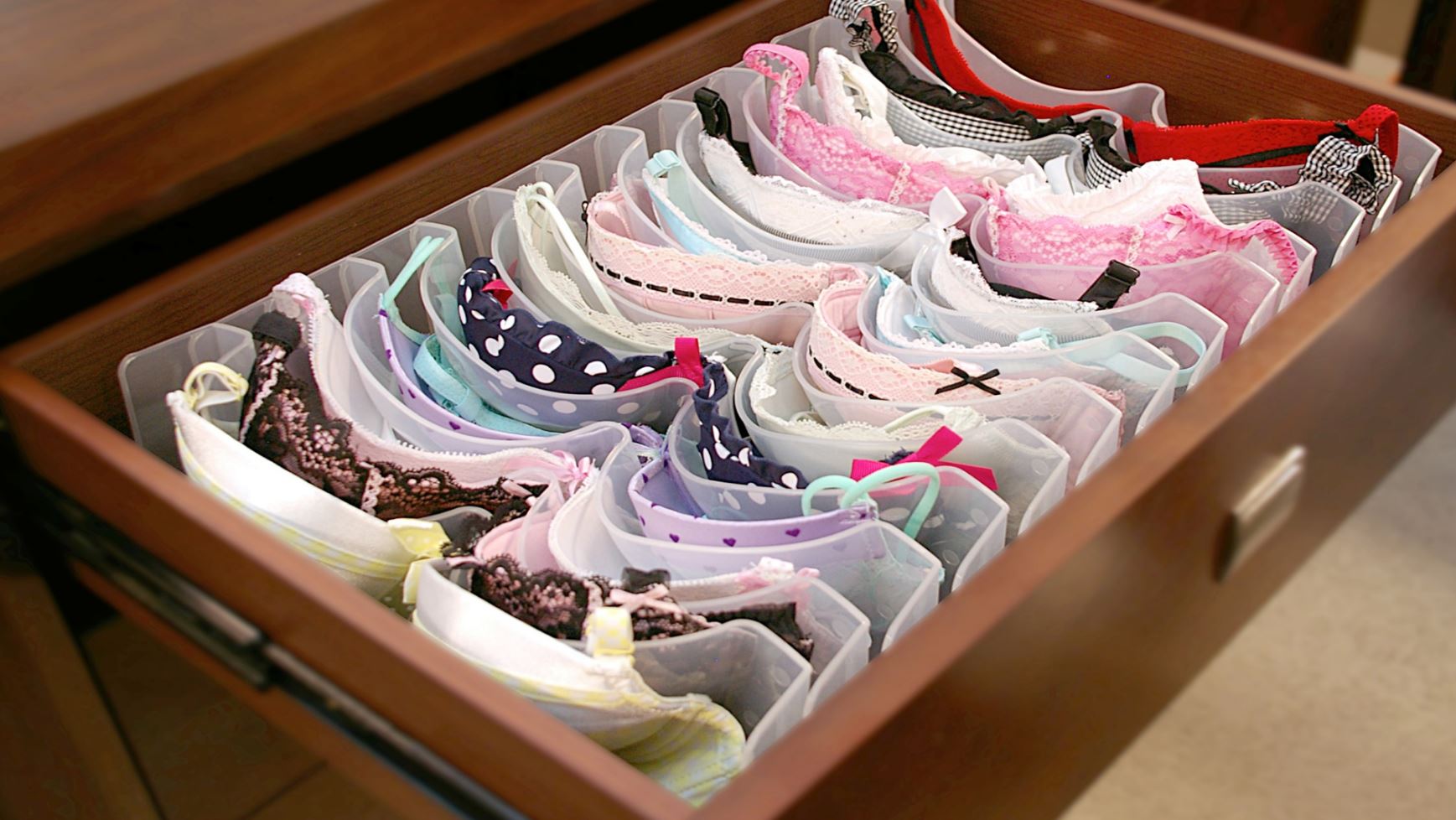
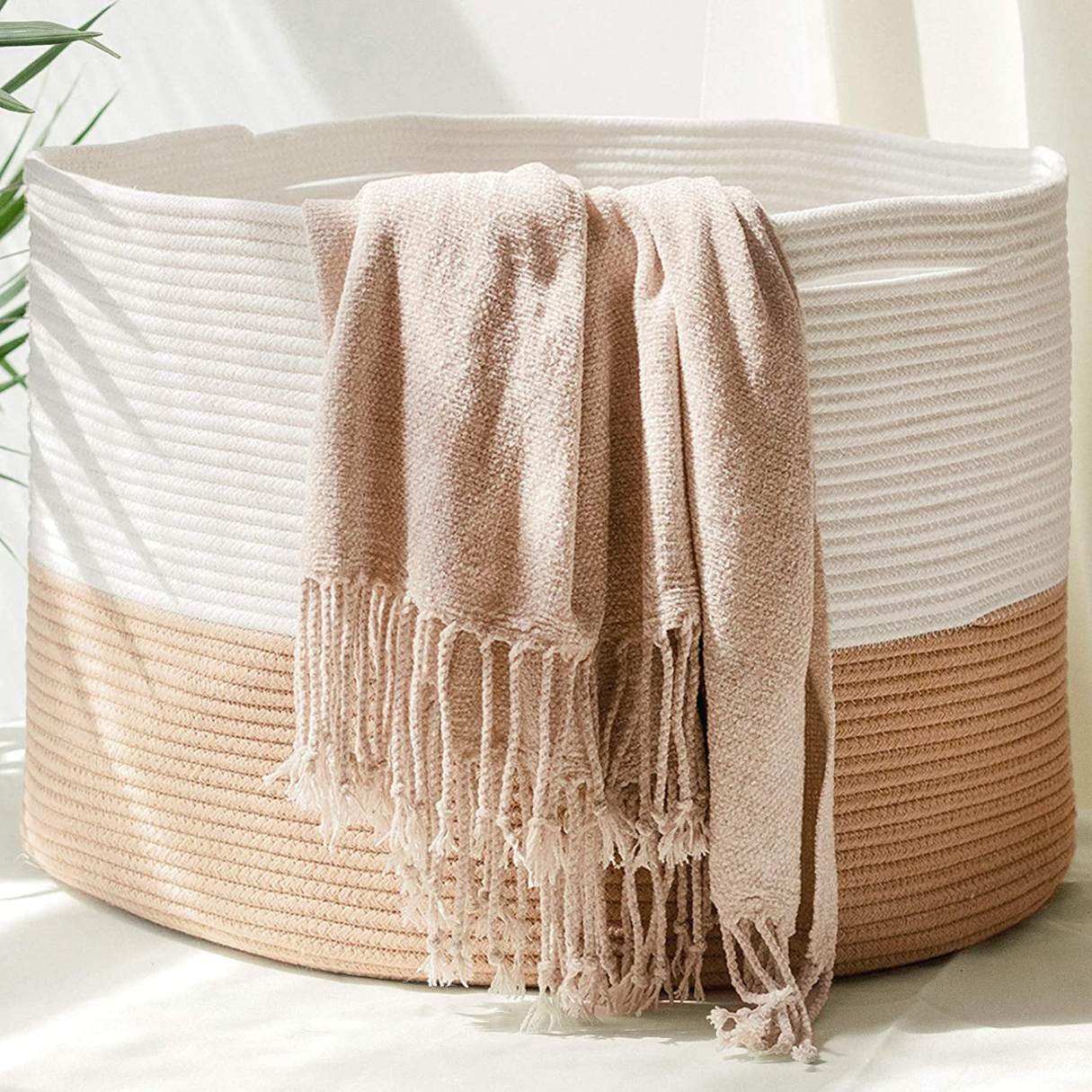

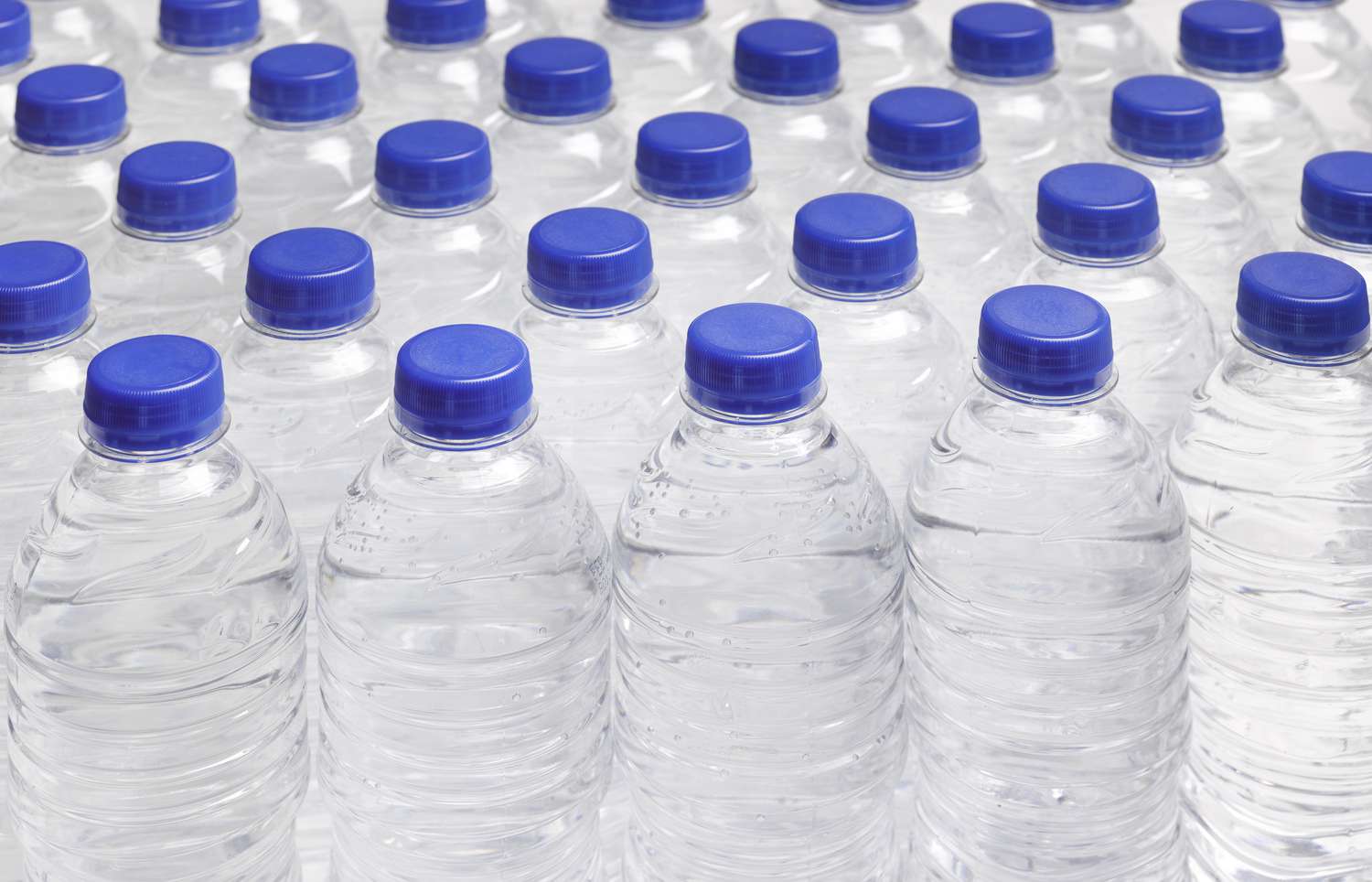


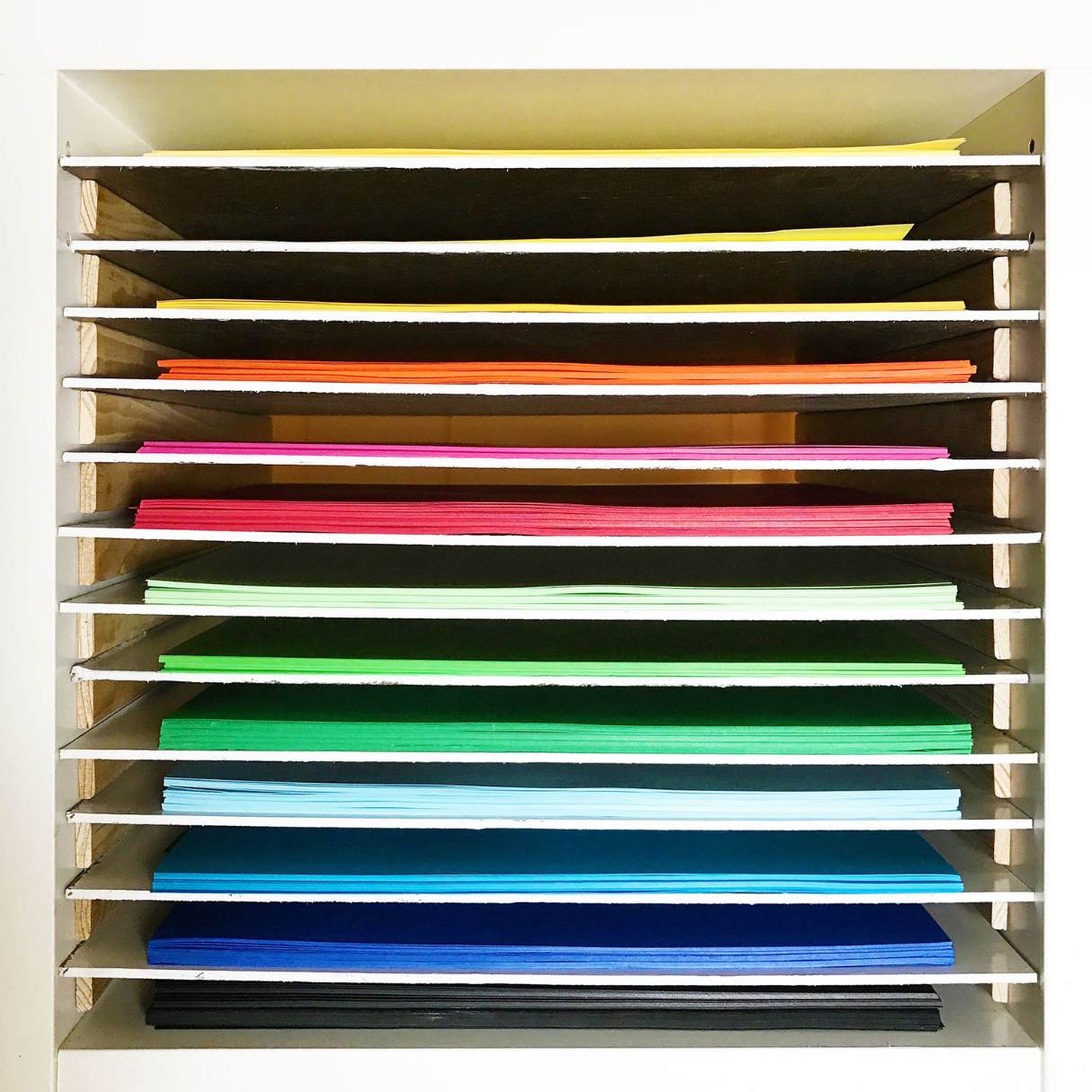

0 thoughts on “How To Store Large Toys”